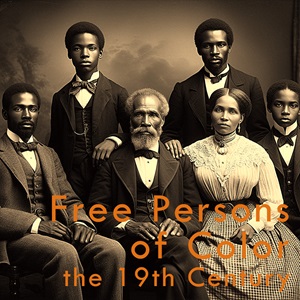
Central Pennsylvania's journey
from enslavement to freedom

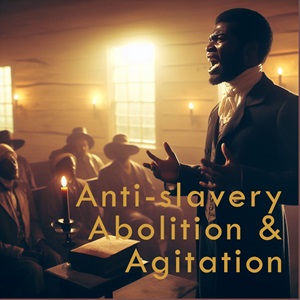
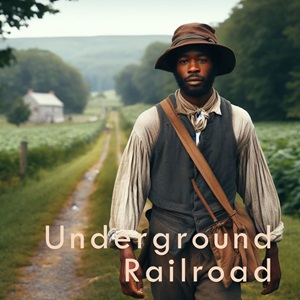
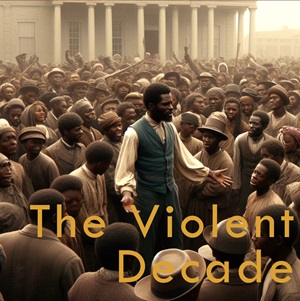
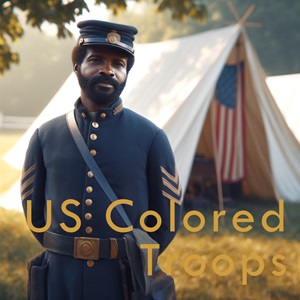
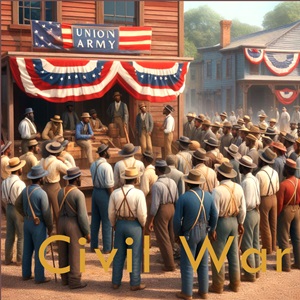
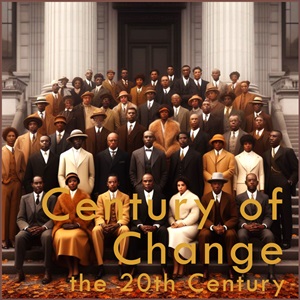
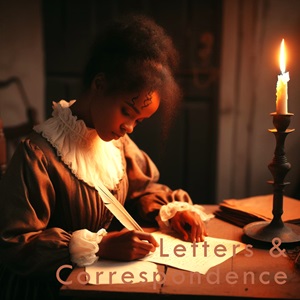
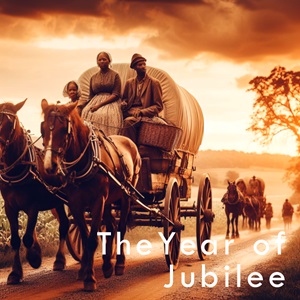
Local Interest
On Tuesday, November 12, 2024 The Carlisle United Methodist Church, at 333 S. Spring Garden St., Carlisle, PA 17013, will host a screening of Keystones Oral Histories latest documentary "A History of the Underground Railroad and Abolitionists Throughout South Central Pennsylvania." This screening will begin at 6:00 PM. The event is free to the public.
Read Joe McClure's PennLive biography of William Howard Day, a prominent African American abolitionist associated with Harrisburg.
Read Joyce M. Davis' PennLive article about Hodges Heights, a historic African American development in Lower Paxton Township.
Site News
Background History--"1700 and 1726 Acts for the Regulation of Negroes." Full text of the harsh "Black Codes" passed in colonial Pennsylvania to regulate free Blacks and enslaved persons. Check it all out here: 1700 and 1726 Acts for the Regulation of Negroes.
Community--"Former Slaves." News items about formerly enslaved African American residents. Check it out here:

Commemoration: Photos and video from Harrisburg's 2010 "Grand Review of Colored Troops." We have pictures and video:

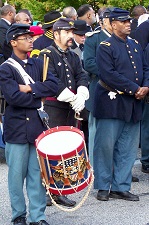
On This Date
October events important to local African American history (see the whole year)October 1, 1851: The “Jerry Rescue” takes place in New York. William Henry, known as “Jerry,” had escaped slavery and was working in New York when he was arrested under the new Fugitive Slave Law. He was successfully rescued by a crowd of abolitionists and African Americans, and became a symbol of defiance against the new and hated law.
October 1, 1857: The “Colored People’s Burying Ground” in Harrisburg at Meadow Lane and Chestnut Streets is sold at public auction, the last parcel of the old city burial grounds to be sold for development. Remains were reinterred in the Harris Free Cemetery and possibly later moved to Lincoln Cemetery in Penbrook. October 2, 1800: Nat Turner is born in Southampton County, Virginia. October 2, 1851: During the night of Thursday, October 2, John Dunmore is arrested in Harrisburg, taken before Slave Commissioner Richard McAllister and accused of being a runaway slave. The hearing was conducted behind closed doors and shuttered windows in McAllister's office. However the person who was seeking his return testified that Dunmore was not his slave, and Dunmore was released. October 3, 1863: The War Department orders the enlistment of African American troops in the slave states of Maryland, Missouri and Tennessee. October 10, 1871: Equal rights activist and educator Octavius V. Catto is shot to death on Election Day in Philadelphia as he worked to protect African Americans at the polls. October 11, 1722: Pennsylvania Colonial Governor William Keith sends a letter to local Native American tribes appealing for their help in returning fugitive slaves, promising “one Good Gun and two Blankets for each Negro,” returned to provincial authorities. October 12, 1866: Chosen Friends Lodge No. 43, an African American Masonic Lodge, is warranted in Harrisburg. October 13, 1864: Maryland voters narrowly adopt a new state constitution that abolishes slavery. October 13, 2004: The Riverside School in Harrisburg is renamed the T. Morris Chester School to honor the city native who became a famous attorney, war correspondent, civil rights activist and political tactician in Reconstruction-era Louisiana. October 16, 1859: In the last few hours of the day, John Brown begins his raid of the U.S. Federal arsenal at Harpers Ferry, Virginia. October 16, 1995: The Million Man March attracts one of the largest crowds in history to the National Mall in Washington, DC to hear eighty speakers advocate increased community involvement and political activism by African American males. Nation of Islam leader Louis Farrakhan organized the event, which drew an estimated 837,000 participants. October 19, 1825: William Howard Day is born in New York. October 25, 1836: American Anti-slavery Society lecturer Jonathan Blanchard arrives in Harrisburg for about two weeks of lectures. He stays with the Alexander Graydon family, on Market Street. October 31, 1780: Deadline for slave holders in Pennsylvania to register their slaves with the county clerk, according to the newly passed Gradual Abolition Law. The penalty for failure to register their slaves on time was immediate emancipation of those enslaved.
Click here for an Afrolumens-produced map of the original burial grounds location just before it was sold. Drawn from an original document in the Pennsylvania State Archives.
October 8, 1831: William Lloyd Garrison’s anti-slavery newspaper The Liberator publishes the eloquent resolutions by many in Harrisburg’s African American community strongly opposing the aims of the American Colonization Society. The resolution accuses the Colonization Society of seeking to “drain the country of the most enlightened part of our colored brethren, so that they may be more able to hold their slaves in bondage and ignorance.”
Read the resolutions here.
October 10, 1862: Confederate President Jefferson Davis asks Virginia for a draft to supply 4500 Blacks to work on completing fortifications around Richmond.
Read about the life and work of Octavius V. Catto here.
A detailed discussion of this time period and offer may be found here.
Click for a photo taken at this event (photo courtesy of Calobe Jackson, Jr.)
October 16, 1849: Clergyman Charles Avery gives money to found a college to train young African Americans for teaching and the ministry. Avery Institute was established at Allegheny, Pennsylvania and received its first students in April 1850.
A fascinating analysis and discussion of John Brown's plans may be found here.
October 18, 1847: George Cole, a free African American of Chambersburg, leads thirteen fugitive slaves through Shippensburg and Huntsdale to the barn of Daniel Kaufman near Boiling Springs. Kaufman helped the slaves get through to Harrisburg, but his actions were detected and he was successfully sued in federal court by the slaveowners.
Read the incredible story of the Daniel Kaufman case here.
William Howard Day is buried in Lincoln Cemetery, Penbrook. A photo of his gravesite is here.
October 24, 1834: Slave catchers kidnap the wife and four children of James Williams, an African American worker in Portsmouth, Dauphin County. Williams and local citizens track the kidnappers through York, Pennsylvania, where Williams is reunited with his wife, who had managed to escape. The next day a posse of citizens from York rescues the children. The kidnappers are tried, convicted and imprisoned in Harrisburg.
A full account of this early local kidnapping incident may be found here.
More about the Alexander Graydon family here.
October 30, 1836: Abolitionist Jonathan Blanchard delivers a sermon at the Harrisburg Presbyterian Church, triggering a number of longtime church members to walk out in protest against his anti-slavery politics.
Read an eye-witness account of this incident here.
The url address of this page is: https://www.afrolumens.com/index.htm
